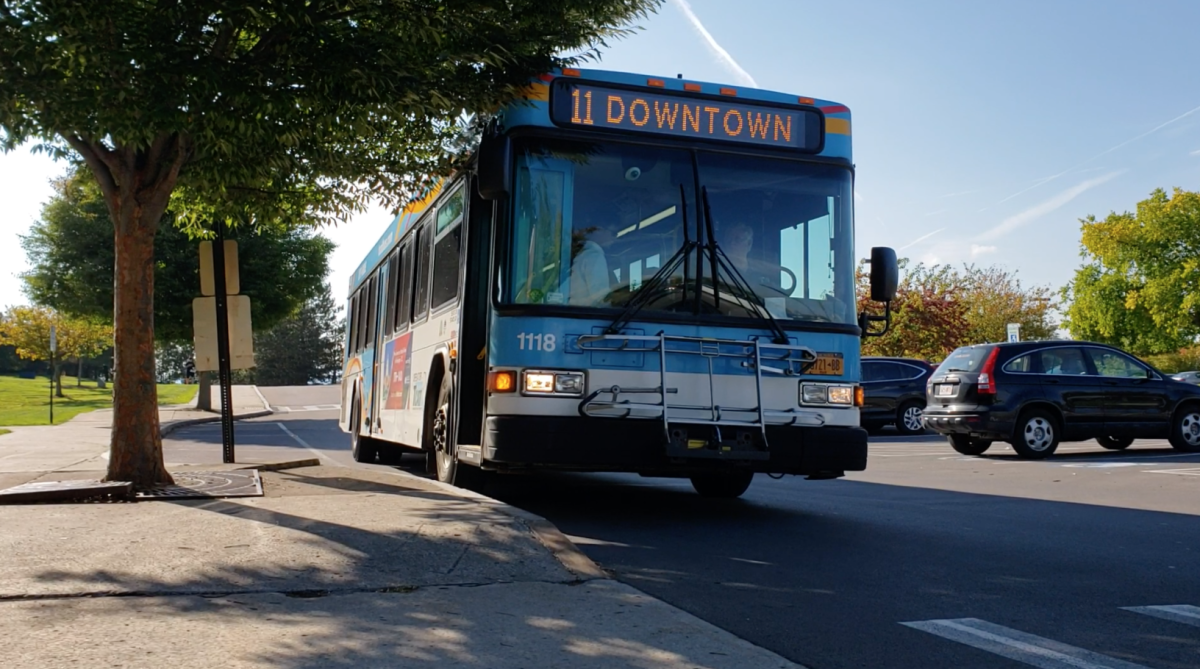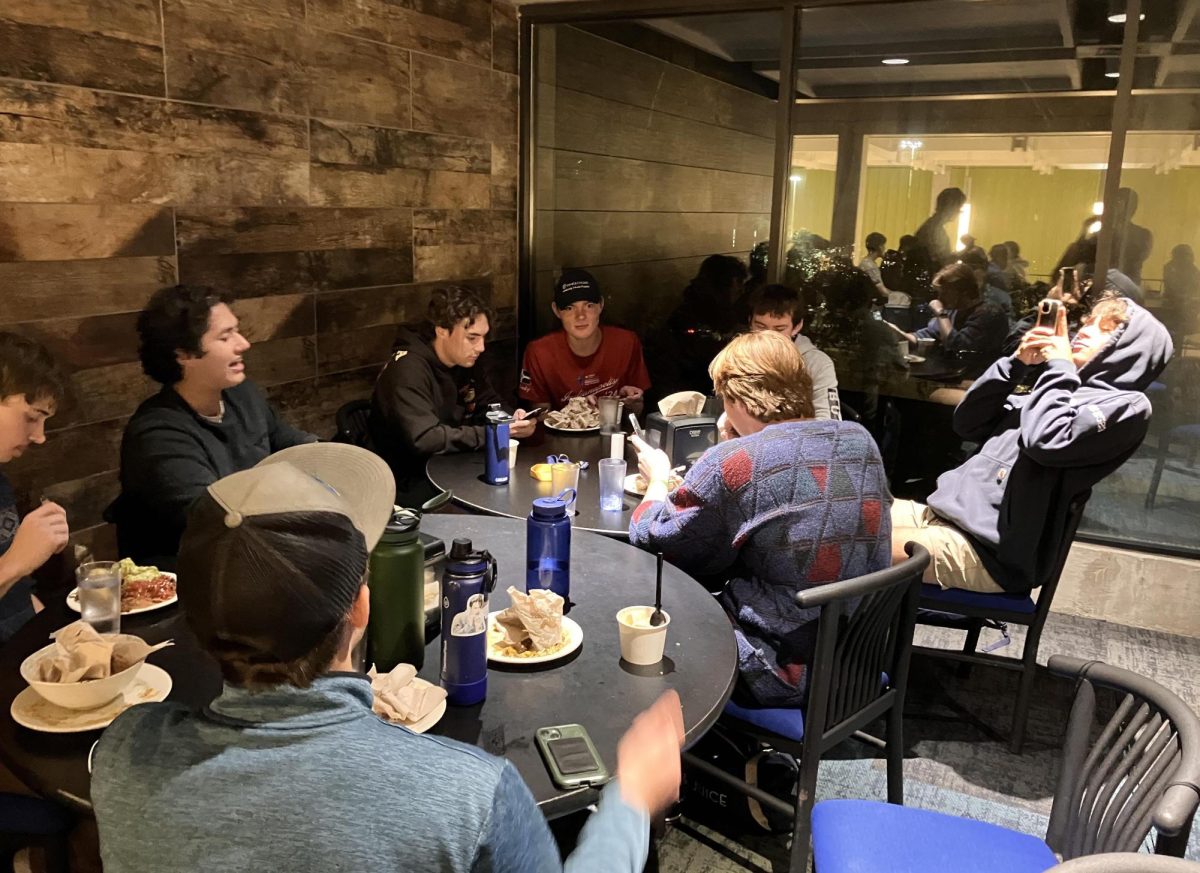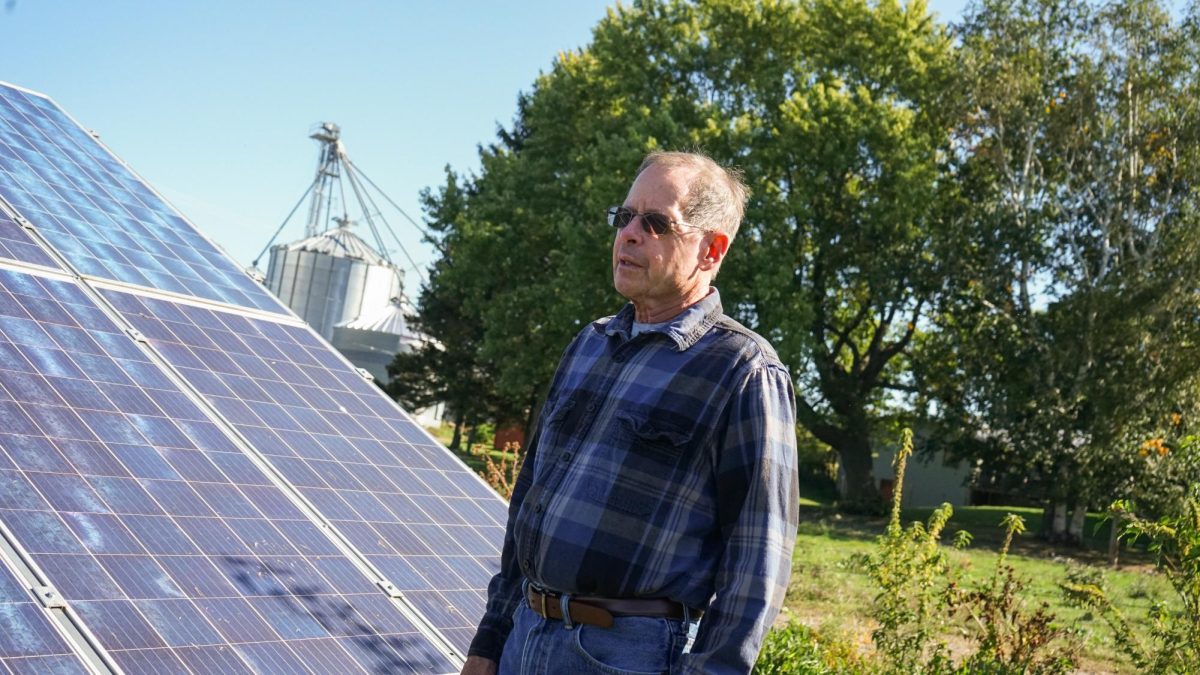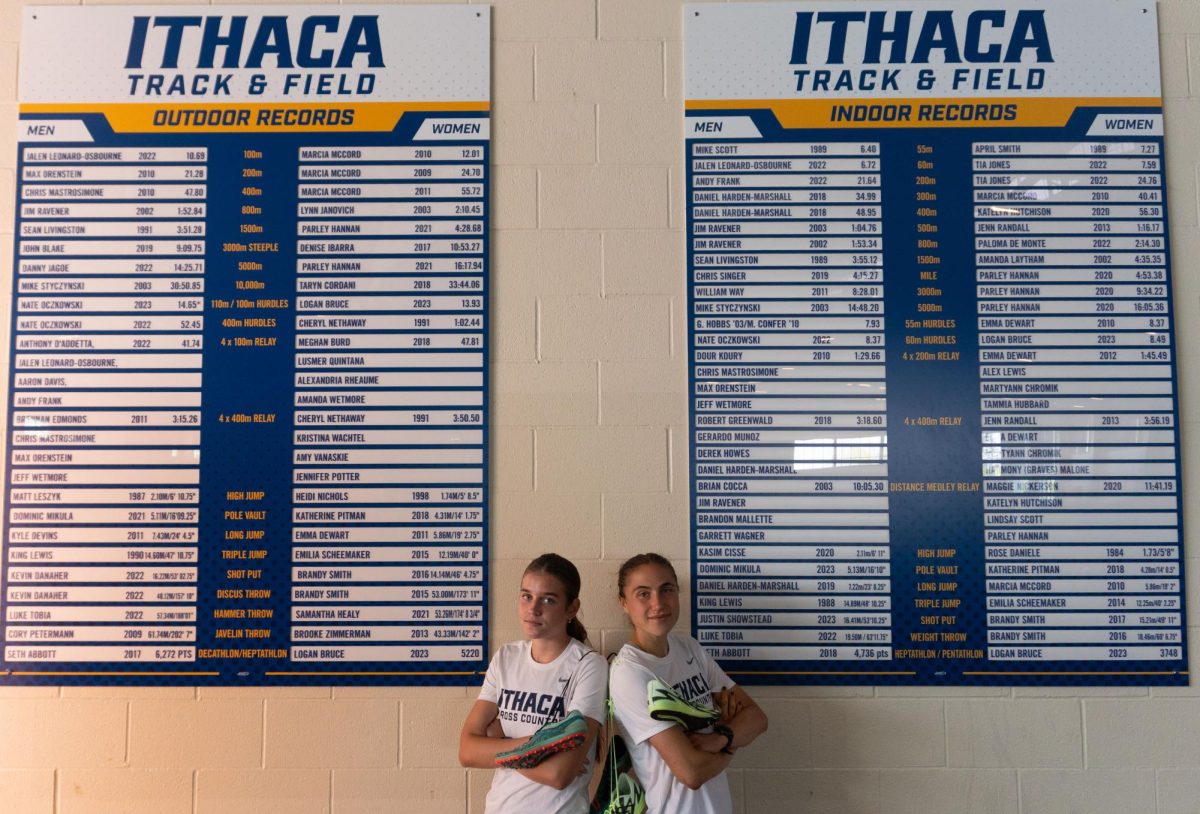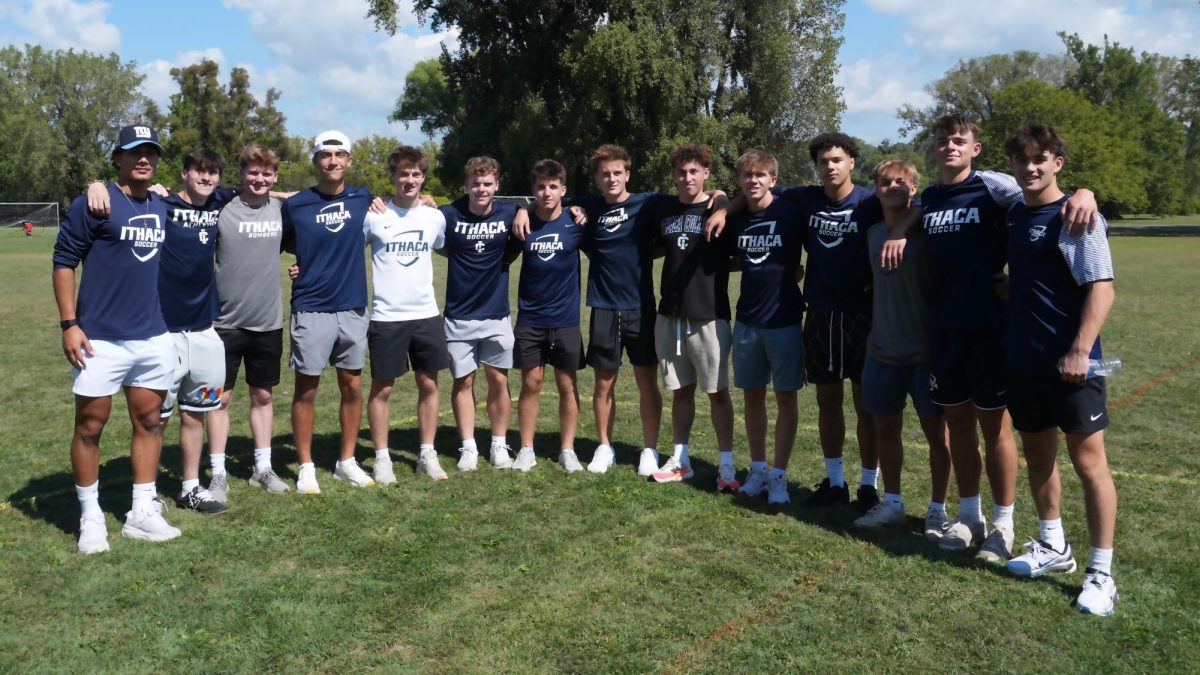Tompkins Consolidated Area Transit is looking to stop two years of double-digit ridership declines on the main bus route serving Ithaca College. TCAT will be circulating a survey to members of the IC Community to find out how it can improve service and get more students, staff and faculty riding the bus again.

According to data provided by the company, ridership on Route 11 dropped by 10% in 2017. In 2018, ridership has dropped another 12% from this point last year. This follows three years of Route 11 gaining new riders from 2013-2015, followed by a comparatively small decline in 2016.
Matt Yarrow, the Service Development Manager for TCAT, said they developed the survey for the IC community to see what specific changes both riders and potential riders would like to see.
“I do think that since we have seen serious ridership declines on the Route 11, just starting to have a larger conversation about transit usage at IC is a positive thing,” Yarrow said.
Patty Poist, TCAT’s Communications Director, said that the company has worked with IC in the past to adjust Route 11 to meet rider demands. Late night service was added to the route, meaning the last bus to IC from Downtown Ithaca leaves somewhere between 1-2 a.m.

According to Poist, the decline in ridership on Route 11 bucks a national trend of younger generations being more interested in utilizing public transit.
“I think that overall the national trend is that younger people are using the bus,” Poist said. “They’re skewing driver’s licenses and cars, and it’s hip to use public transportation.”
She also added that the TCAT is a sustainable transportation option, which is typically important to college students in particular. Last month, the College’s Office of Energy Management and Sustainability also sponsored Car Free Day, in which students and employees could receive a free TCAT day pass if they signed a pledge to not use their cars.
One potential reason for the sudden drop in service is the introduction of ridesharing services like Uber and Lyft. The State Legislature passed a bill authorizing the companies to operate outside of New York City at the end of June 2017. Poist said that while ordering an Uber is more expensive than taking the TCAT, some students might be more apt to use that service instead of the bus. A one way trip on the bus is $1.50, while a Uber ride downtown is slightly over $7.50 during non-peak hours.

“More people are using Lyft and Uber around town because it just came on the market here not too long ago,” Poist said. “We don’t have any data on that, but it’s probably having an impact on our ridership.”
Yarrow is hoping to analyze the survey data quickly in order to have an updated schedule in January 2019. But he also added that if the feedback on the survey is not specific enough or the results require more analysis, they’ll hold off on making changes until they can come up with a “well thought-out solution.”
Poist said that cutting back bus service to IC is a last resort if all else fails.
“We definitely do not like to cut and do everything we can not to,” she said. “That’s not the case here. It might just be making some tweaks, some modifications. That can be anything from timing, to stopping at different locations at different times. Reductions are not something that we want.”

